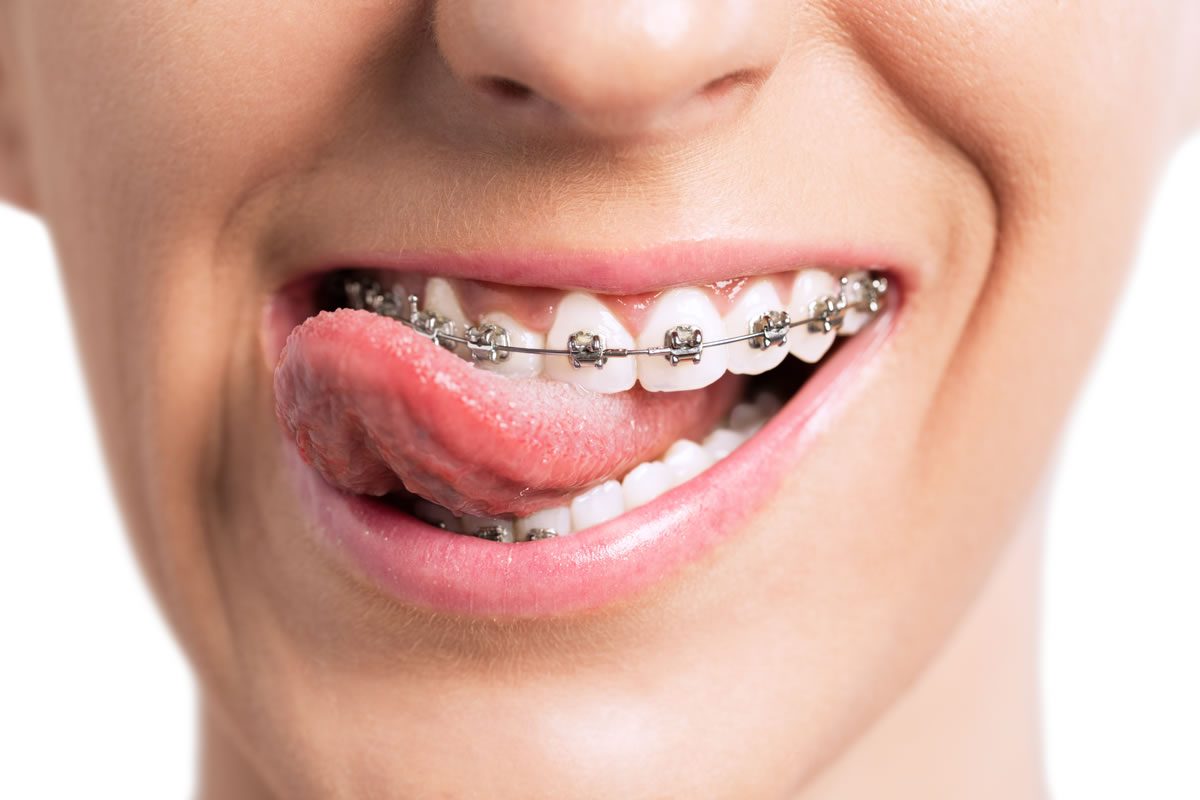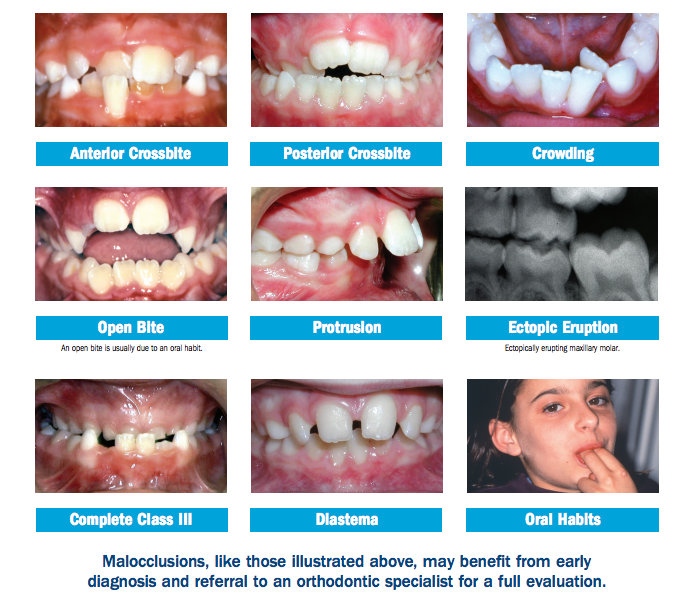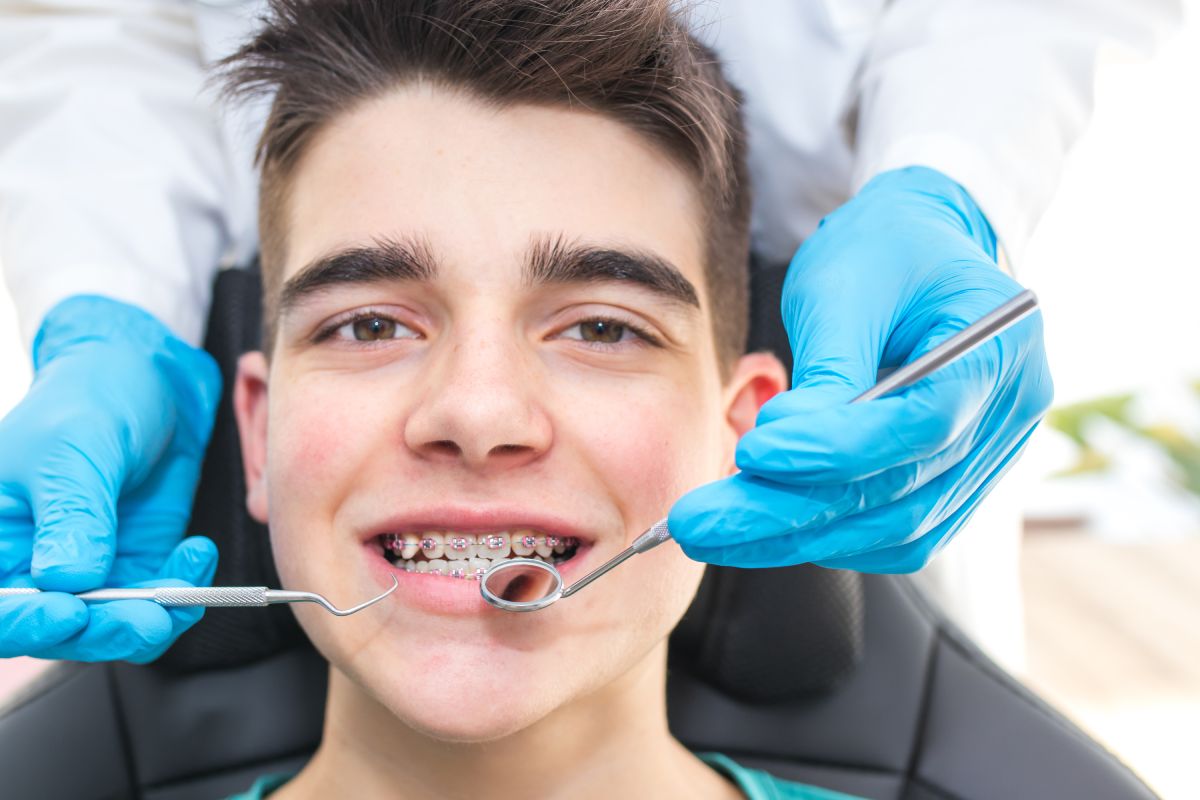Causey Orthodontics Things To Know Before You Get This
Table of ContentsThe 5-Minute Rule for Causey OrthodonticsWhat Does Causey Orthodontics Mean?The Basic Principles Of Causey Orthodontics The Basic Principles Of Causey Orthodontics The Buzz on Causey Orthodontics
Disregarding occlusal connections, it was normal to get rid of teeth for a variety of oral concerns, such as malalignment or congestion. The concept of an intact dentition was not widely valued in those days, making bite relationships appear unnecessary. In the late 1800s, the idea of occlusion was vital for creating trusted prosthetic substitute teeth.As these ideas of prosthetic occlusion proceeded, it ended up being a very useful tool for dentistry. It remained in 1890 that the work and influence of Dr. Edwards H. Angle started to be felt, with his payment to contemporary orthodontics particularly significant. Focused on prosthodontics, he showed in Pennsylvania and Minnesota before guiding his focus towards oral occlusion and the treatments required to maintain it as a typical problem, thus ending up being recognized as the "father of contemporary orthodontics".

The concept of perfect occlusion, as proposed by Angle and included right into a classification system, allowed a shift in the direction of dealing with malocclusion, which is any type of discrepancy from normal occlusion. Having a complete collection of teeth on both arches was highly demanded in orthodontic therapy due to the need for specific connections between them.
Causey Orthodontics Fundamentals Explained
As occlusion came to be the crucial concern, face proportions and visual appeals were neglected - affordable orthodontist near me. To achieve excellent occlusals without utilizing exterior pressures, Angle postulated that having best occlusion was the most effective method to obtain optimum face aesthetics. With the death of time, it became rather apparent that even an outstanding occlusion was not suitable when thought about from a visual perspective
Charles Tweed in America and Raymond Begg in Australia (who both studied under Angle) re-introduced dentistry extraction into orthodontics during the 1940s and 1950s so they might enhance facial esthetics while likewise making sure far better security worrying occlusal partnerships. In the postwar duration, cephalometric radiography begun to be made use of by orthodontists for gauging adjustments in tooth and jaw setting brought on by growth and treatment. It ended up being apparent that orthodontic therapy could adjust mandibular development, leading to the development of useful jaw orthopedics in Europe and extraoral pressure actions in the United States. Nowadays, both practical appliances and extraoral devices are used around the world with the goal of changing growth patterns and forms. Consequently, seeking real, or at the very least enhanced, jaw connections had actually ended up being the primary goal of treatment by the mid-20th century.
Fascination About Causey Orthodontics
 The American Journal of Orthodontics was produced for this objective in 1915; before it, there were no clinical objectives to adhere to, nor any type of accurate category system and brackets that lacked attributes. Until the mid-1970s, dental braces were made by wrapping metal around each tooth. With developments in adhesives, it came to be possible to rather bond metal braces to the teeth.
The American Journal of Orthodontics was produced for this objective in 1915; before it, there were no clinical objectives to adhere to, nor any type of accurate category system and brackets that lacked attributes. Until the mid-1970s, dental braces were made by wrapping metal around each tooth. With developments in adhesives, it came to be possible to rather bond metal braces to the teeth.This has had significant impacts on orthodontic treatments that are provided on a regular basis, and these are: 1. Proper interarchal partnerships 2. Proper crown angulation (pointer) 3.
The benefit of the layout hinges on its brace and archwire mix, which needs only very little wire bending from the orthodontist or clinician (cheapest orthodontist near me). It's appropriately called after this feature: the angle of the slot and density of the brace base eventually identify where each tooth is situated with little demand for added adjustment
Indicators on Causey Orthodontics You Need To Know
Both of these systems employed the same brackets for each tooth and required the bending of an archwire in 3 planes for situating teeth in their preferred settings, with these bends determining utmost placements. When it involves orthodontic home appliances, they are separated into two kinds: removable and fixed. Detachable home appliances can be tackled and off by the patient as called for.

Thus, mostly all modern-day set home appliances can be considered variants on this edgewise home appliance system. Early 20th-century orthodontist Edward Angle made a major payment to the globe of dentistry. He developed 4 unique appliance systems that have actually been used as the basis for many orthodontic therapies today, disallowing a couple of exemptions.
The Causey Orthodontics Diaries

The wire finished in a string, and to relocate onward, a flexible nut was used, which allowed for a rise in area. By ligation, each private tooth was connected to this expansive archwire (orthodontist services). Because of its restricted series of activity, Angle was not able to achieve specific tooth placing with an E-arch
These tubes held a soldered pin, which can be rearranged at each visit in order to relocate them in area. Referred to as the "bone-growing appliance", this device was thought to encourage healthier bone development due to its possibility for transferring pressure directly to the roots. Applying it verified troublesome in truth.